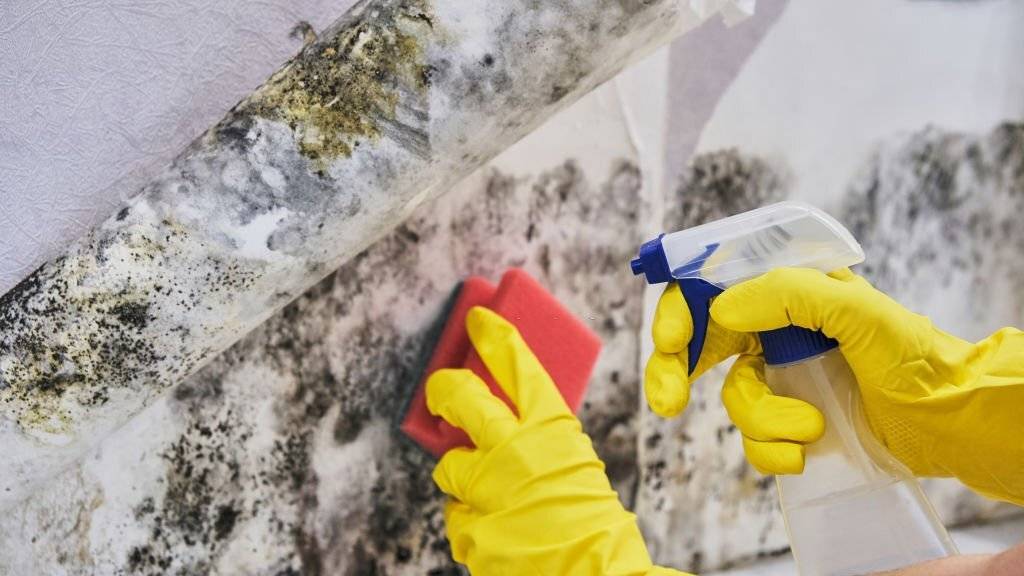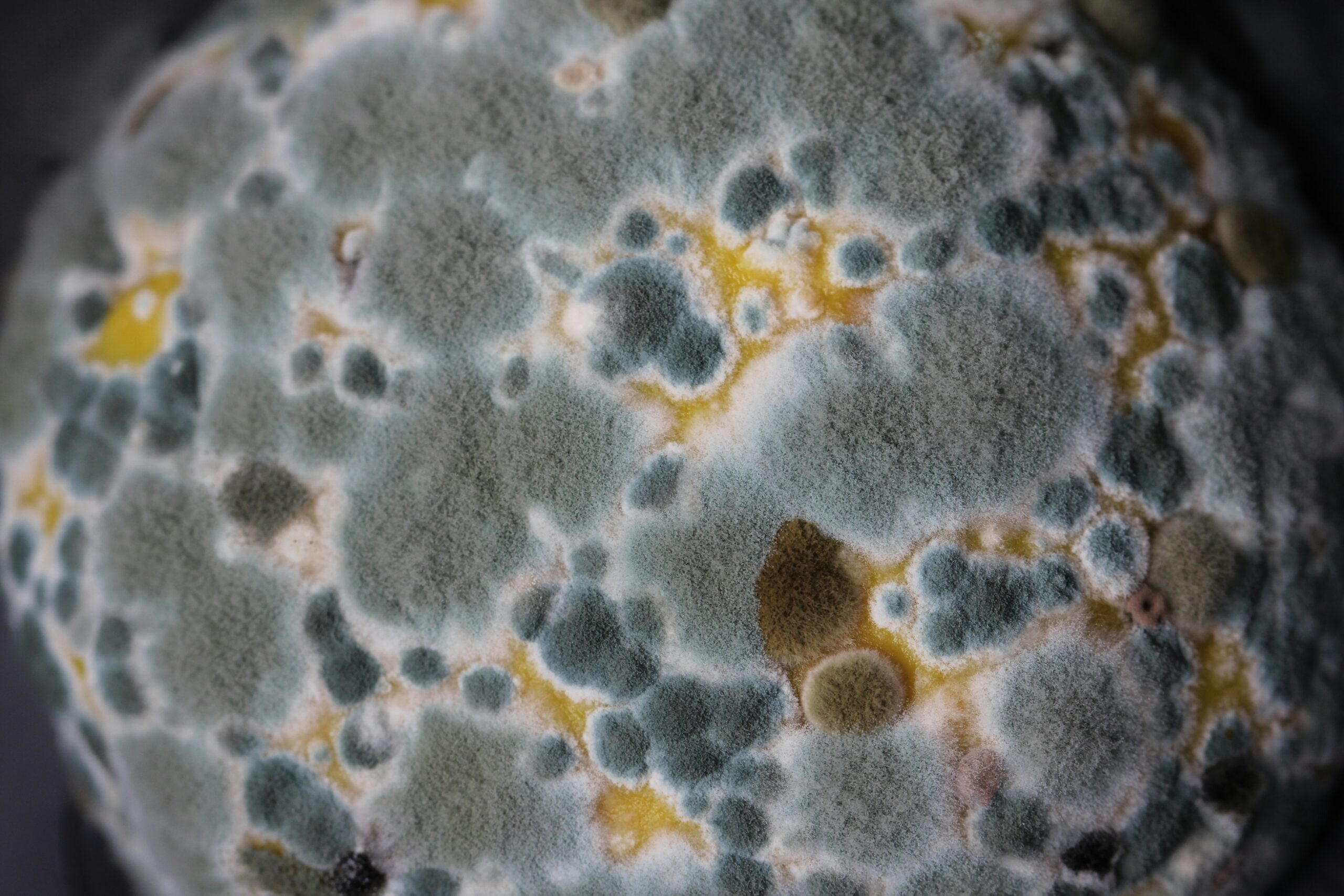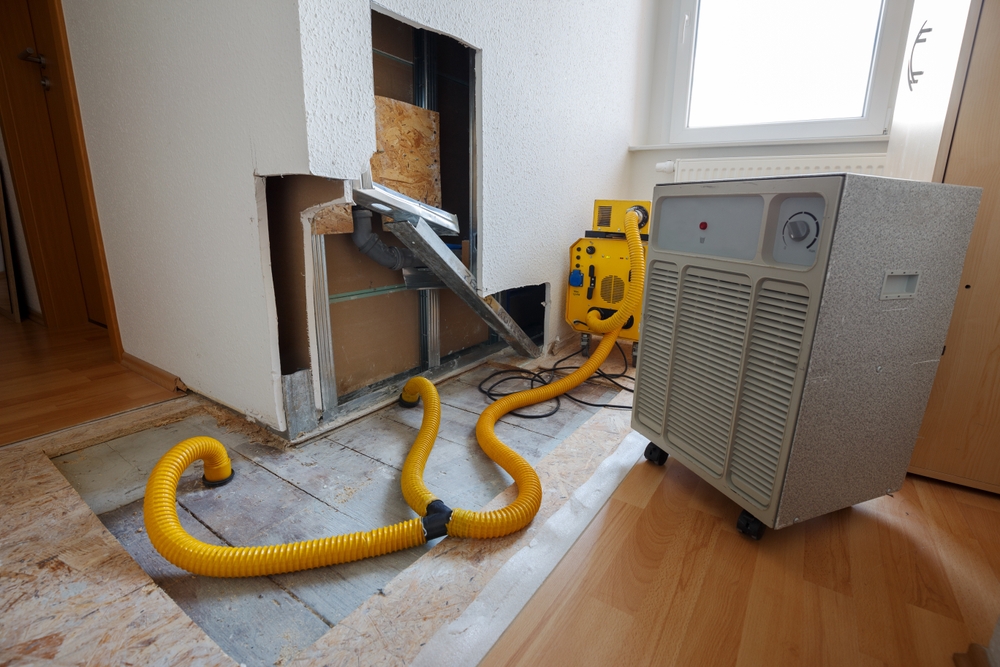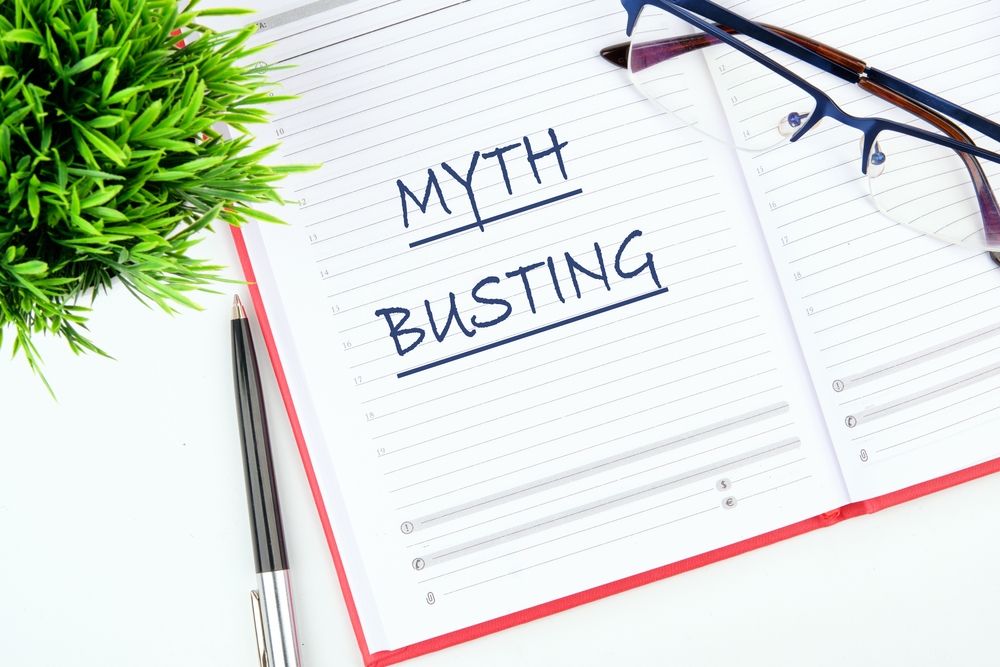Mold is a fungi type that grows either outdoors or indoors, mostly in warm, damp, and humid areas. You can find common household molds in your basement, bathroom, ceiling tiles, drywall, carpet, or under your sink. In rare cases, they also grow on clothes, toys, and books. Having mold in your home exposes you to severe health complications; sadly, you may not recognize you’re suffering from mold effects.
In this article, you’ll learn about mold warning signs and the threats it poses to your health, as well as the shape and narrative of your home.
Allergies and other Health Issues
If there’s mold in your house, you’re most likely to exhibit allergy-like symptoms. If you doubt that mold is the cause of your symptoms, observe keenly whether your symptoms get better once you leave your home. If so, chances are mold is the culprit.
Mold allergy signs include:
- Irritable and itchy skin
- Sinus headaches
- Sneezing and coughing
- Runny nose and congestion
- Sinus headaches
- Difficulty in breathing and wheezing
- Itchy and sore throat
Some household molds are toxic enough to cause you life-threatening sicknesses, including internal organs damage, bleeding, cancer, mental impairment, and even worse, death.
Mold Warning Signs in your House
As discussed earlier, having mold in your house is risky. Fortunately, you can easily spot it when you know what you’re searching for. Here are some warning signs that there’s mold in your home:
Paint Bubbling on your Walls
Have you come across bubbling paints either in your bathroom or near the window? If so, then there’s moisture, and probably there’s mold. Before covering the area with a fresh paint coat, you need to find the moisture source. It could be a leaking windowsill or pipe or too much humidity. Whatever the issue is, fix it and then repaint but, only after you’ve scraped, patched, cleaned, and thoroughly dried the walls before applying the paint.
Musty Odor
Not all molds produce a smell, but most of them have a musty smell. If the odor is consistent, chances are there’s mold in your house. However, odorless mold can smoothly go undetected, posing a severe health risk. Ensure you clean your home thoroughly, leaving no stone unturned.
Visible Mold Growth Signs
Some molds may be thread-like and white, while others may grow as a mass of small black spots. It could also be gray-green, gray-brown or orange, purple, or pink if it’s growing behind wallpaper or vinyl.
Previous Flooding
If you have experienced any flooding in the past, there’s a possibility of water accessing your hardwood floor leading to mold growth. If your foot feels squishy, it’s high time you inspect your subfloor through a crawl space. If it’s not possible, you have no choice but to remove the flooring section. There’s value in doing so; it prevents the mold from spreading, saving you and your family from the dangers of mold. If it’s only a small portion of the mold, you can remove it with a mold remover.
Your Bathroom Exhaust Fan is Ineffective
You will mostly find molds in the bathroom, and a bathroom fan significantly keeps toxic mold at bay. If your fan is clogged, it’s hard for it to circulated adequate air. You will have to replace it with a functioning unit that fits the square footage of your bathroom to save yourself from the mold effects.
Conclusion
Mold is a risk to your home and your health. Make sure all your indoor spaces are clean and well ventilated to keep mold away. If you notice mold signs around you, don’t hesitate to reach out to a professional mold inspector.






